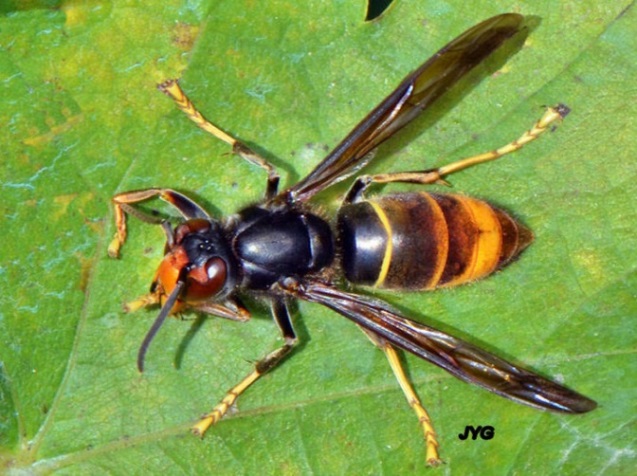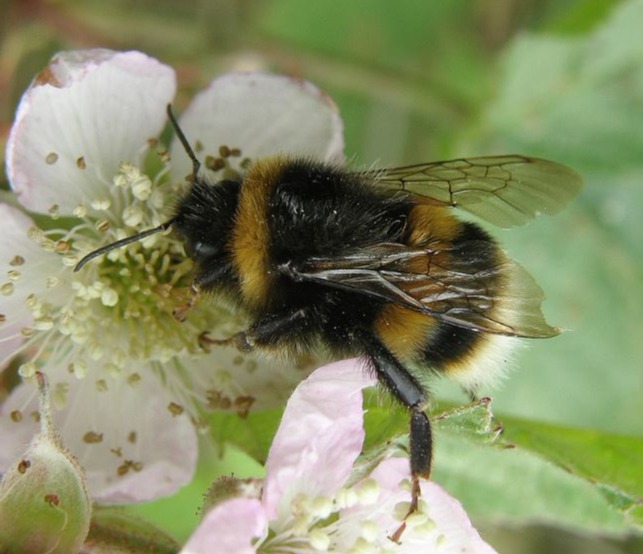
Pests of bees
| Primefact number | Edition | Published | Author |
|---|---|---|---|
| 1553 | First | May 2017 | Plant Biosecurity and Product Integrity, Orange |
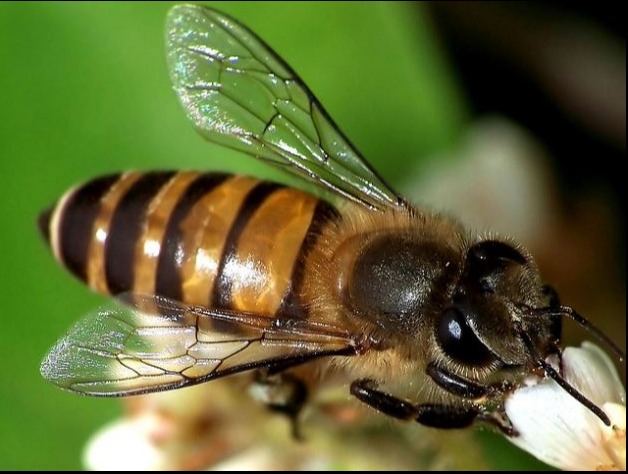
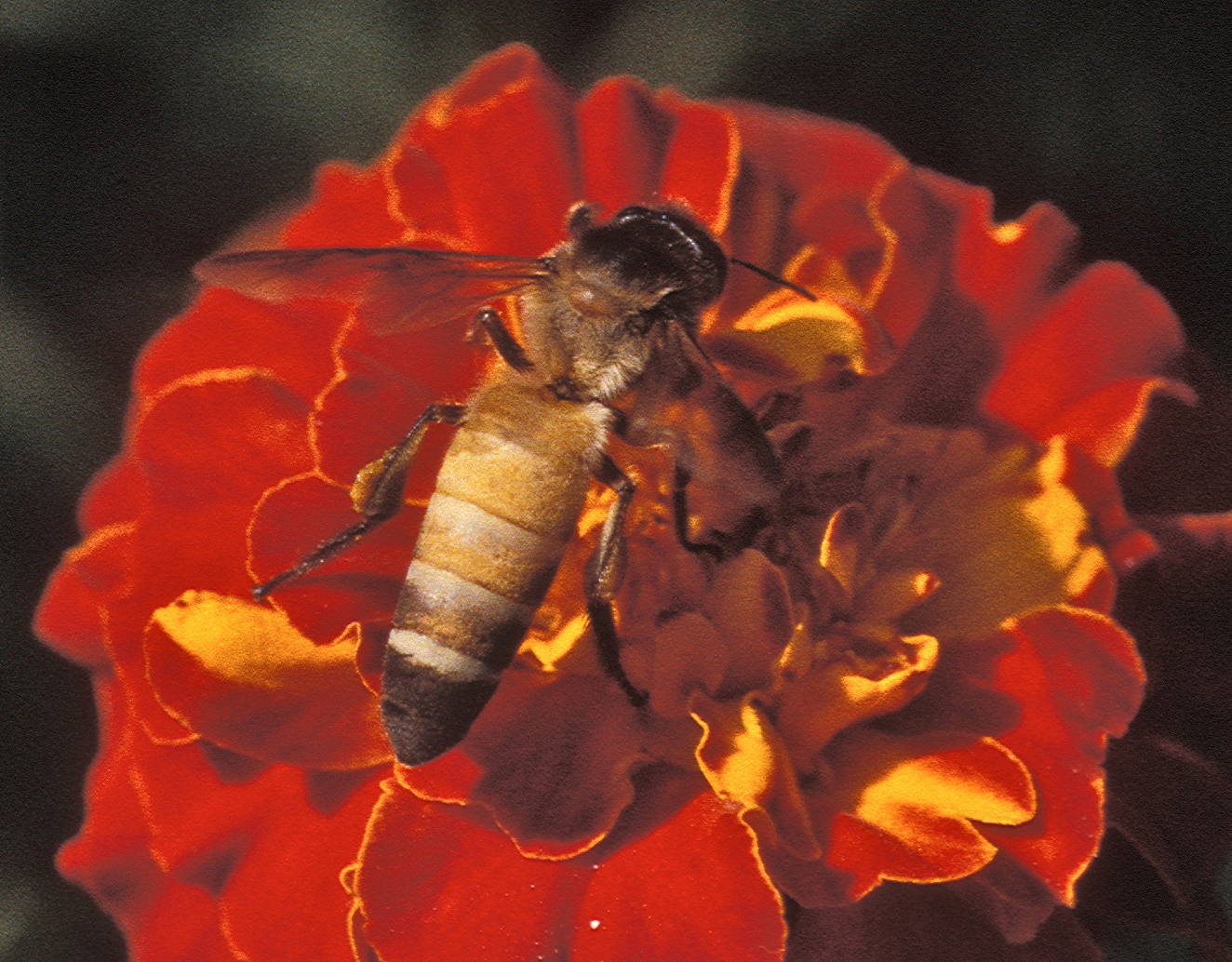
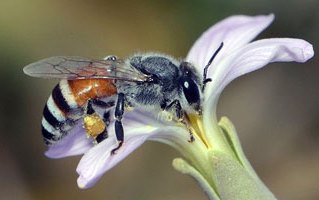
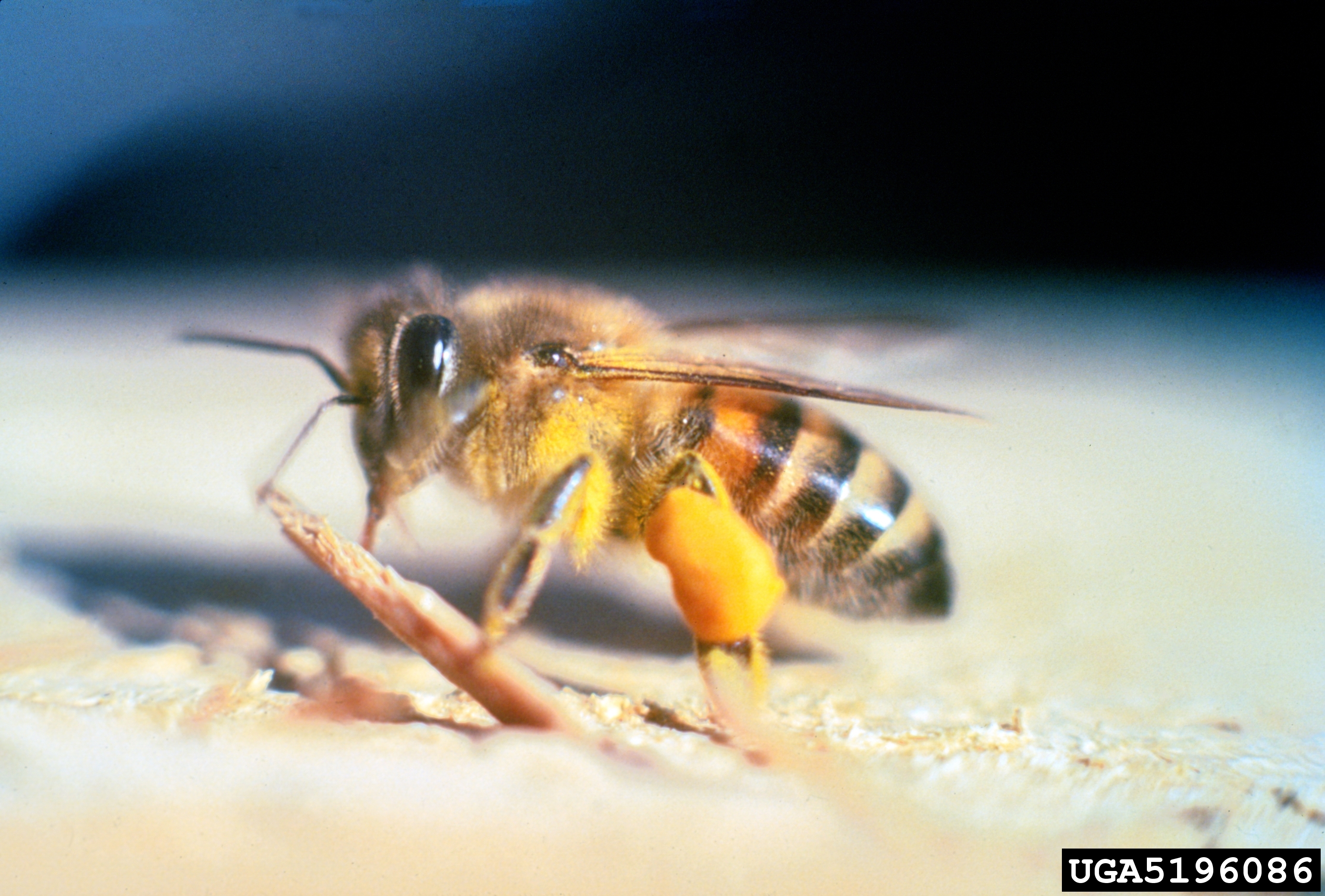
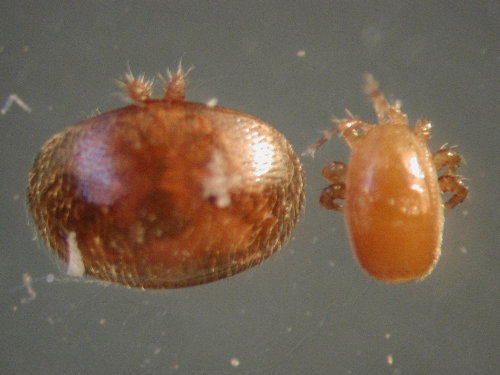
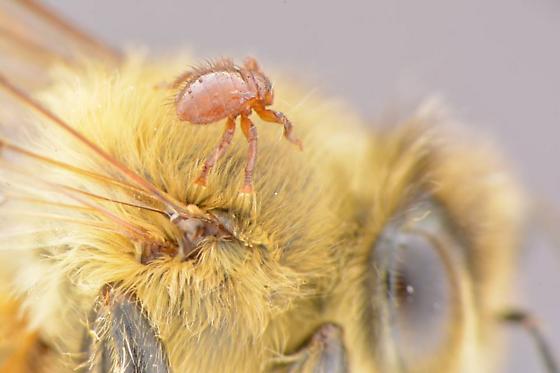
The pests described in this Primefact are prohibited matter under the NSW Biosecurity Act 2015. They are a serious threat to NSW’s apiary industry.
All notifiable plant pests and diseases must be reported within 1 working day. You can report notifiable plant pests and diseases by one of the following methods:
- Call the Exotic Plant Pest Hotline 1800 084 881
- Email biosecurity@dpi.nsw.gov.au with a clear photo and your contact details
- Complete an online form
A full list of notifiable plant pests and diseases can be found in Schedule 2 of the NSW Biosecurity Act 2015.
Asian honeybee (Apis cerana)
Asian honeybees (Figure 1) are present around Cairns in far north Queensland, and can carry varroa mites. They are a competitor of European honeybees, robbing honey stores and competing for nectar and pollen. Asian honeybee is smaller than the European honeybee, has more pronounced stripes on its abdomen and an erratic flying pattern.
Giant honeybee (Apis dorsata)
Giant honeybees (Figure 2) are a carrier of tropilaelaps mites. These bees look similar to European honeybees but are larger in size (17 - 20mm long). They nest in single large combs up to 1.5m wide by 1m long.
Dwarf honeybee (Apis florae)
Dwarf honeybees (Figure 3) are also a carrier of tropilaelaps mites. Nests consist of a single comb (usually less than 25cm width). They are the smallest species of honey bee. They have a thick red/brown band then alternating white and black bands on the abdomen.
Africanised honeybee (Apis mellifera scutellata and its hybrids)
Africanised honeybees (Figure 4) are a hybrid of several European honeybee species with more aggressive and defensive behaviour than European honeybee. They swarm frequently and store less honey.
Varroa mite (Varroa destructor, V. jacobsoni)
Varroa mites (Figure 5) are parasites of honeybees, feeding on the haemolymph (blood) of bee larvae and adults. Symptoms include deformed pupae and adults, and colony decline. Varroa destructor is considered established in NSW.
Acariasis tracheal mite (Acarapis woodi)
Acariasis tracheal mite lives in the trachea of the adult bee. The mites can only be seen under a microscope. Symptoms include drop in population numbers, bees holding their wings at odd angles and bees crawling on the ground.
Tropilaelaps mite (Tropilaelaps clareae, T. mercedesae)
The tropilaelaps mite (Figure 5) is a parasite of honey bees. They are reddish in colour and about half the size of varroa mites. Mostly reproduce in the brood but some are found on adult bees. Symptoms include deformed pupae and adults (stunting, damaged wings/legs/ abdomens) and colony decline.
Asian hornet (Vespa velutina)
Asian hornet (Figure 7) is not present in Australia. They are predators of honeybees and rob hives of the brood in order to feed their own larvae.
Large earth bumblebee (Bombus terrestris)
The large earth bumblebee (Figure 8) is found in Tasmania but is not present on the mainland. Bumblebees compete with honey bees for food sources and can damage flowers when taking nectar.
